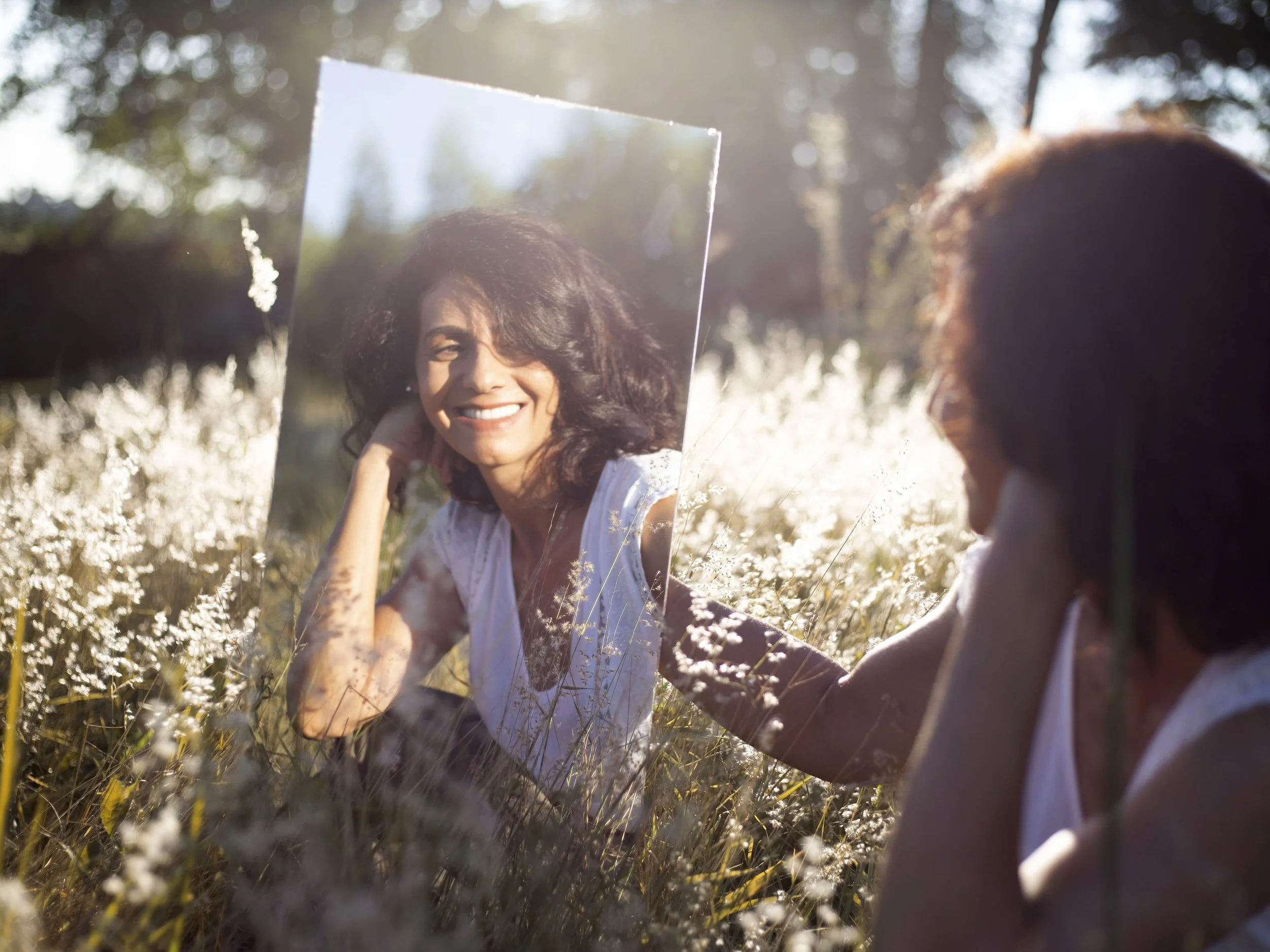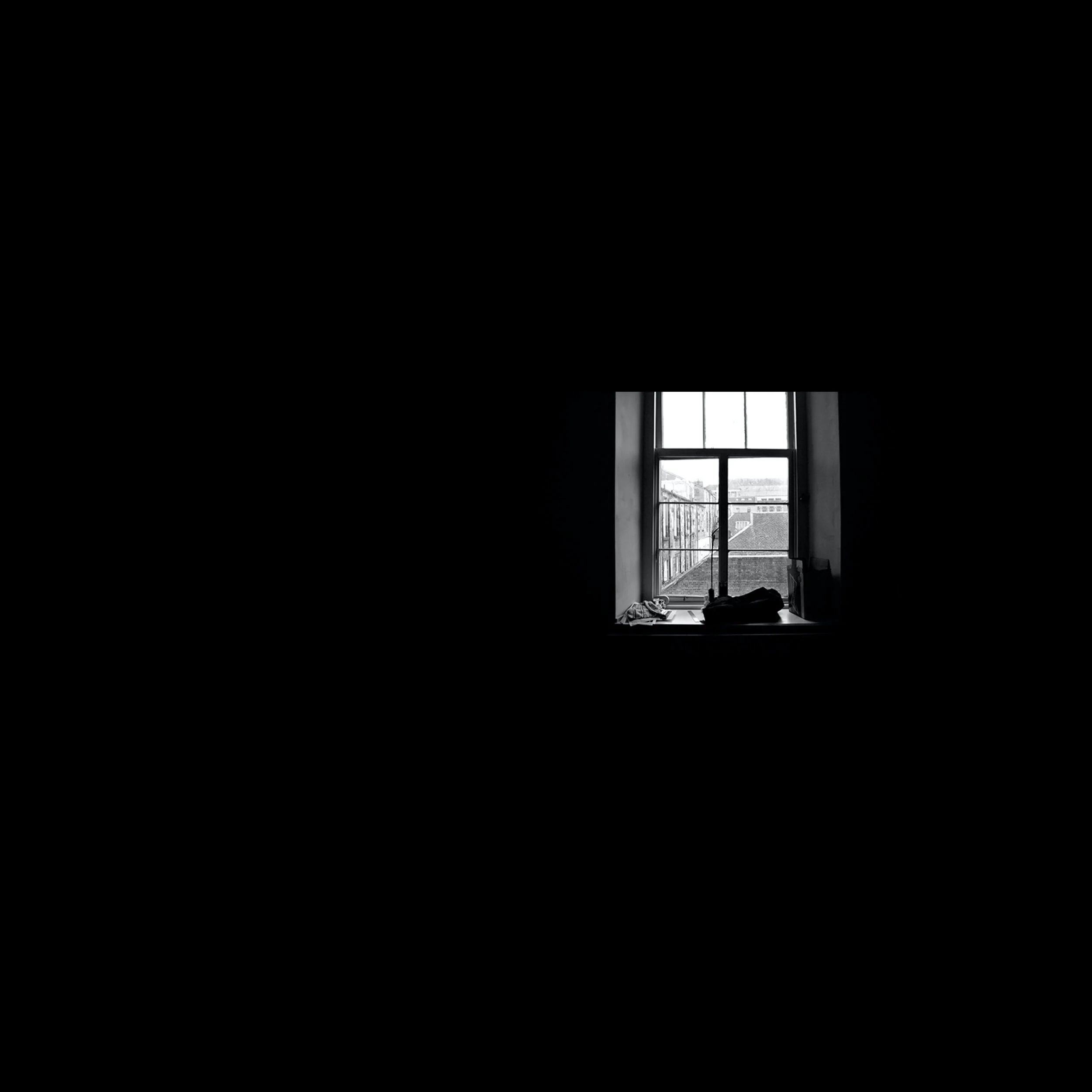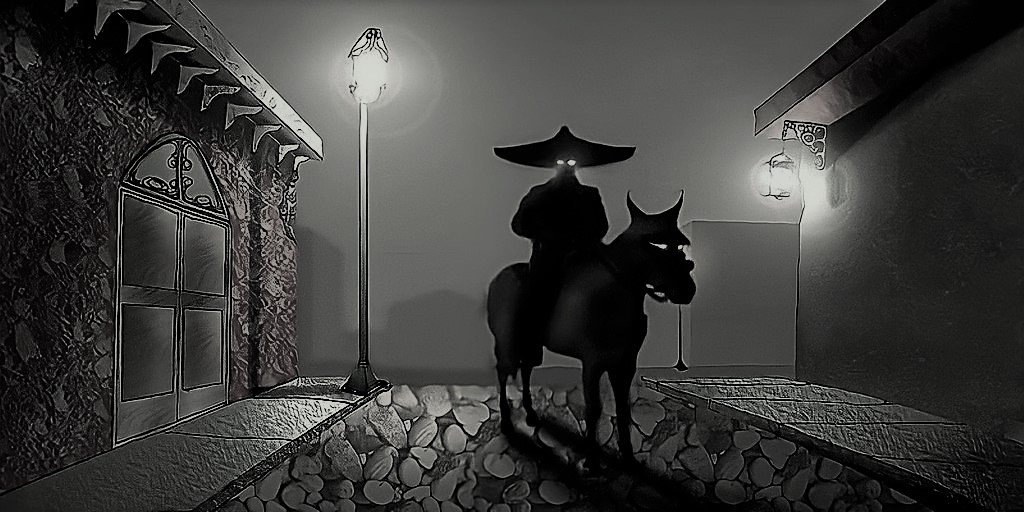What Do You Really Look Like?
The other day someone took a picture of me and, as usual, I thought to myself, “Ugh, do I really look like that?” You know like we all tend to do... right? So I ran to the closest mirror and confirmed that I don’t, in fact, look like “picture me”, I look like “mirror me”.
Or do I?
Most people know that the voice you hear when you speak is not your actual voice. The sound waves bounce around in your head just enough to change the sounds you hear. Someone listening to you doesn’t hear the same voice you hear in your head when you speak.
What if the same thing is happening with your appearance? Is the face staring back at you in the mirror actually the closest depiction of you? And, how long will it stay that way?
She has no idea who that is.
The Lies of Beauty Mode
A couple of years ago every phone seemed to have this feature called beauty mode, this feature made a person quote-unquote “more attractive” by smoothing out the face, making your eyes bigger, and face slimmer. On some phones, this was a default setting so if you weren’t paying attention you would walk around with Brad Pitt or Beyoncé confidence.
Now you should already be walking around with that level of self-confidence because you need to own it but, should you be walking around with that kind of confidence because a mini-computer lied to you?
Turns out these kinds of filters and beauty modes can have negative effects on us. Mainly, it can adversely affect our self-esteem and trigger body dysmorphic disorder, a disorder in which a person becomes obsessed, ashamed, or embarrassed by minor so-called flaws that no one else sees.
The good news is over the last couple of years the big phone companies, Apple, Google, Samsung, and others, have removed beauty mode from phones. So now that a default beauty mode is pretty much a thing of the past that means pictures show my real face right? Well, no but let’s think about maps for a second.
The Lies of Maps
Most of you have seen a map of the world, maybe in a textbook at school, or on one of those pulldown rollers that cracked like thunder when it snapped back up.
Or maybe you were one of those cool kids who were lucky enough to be in a classroom that could fit a map on one of its walls. Either way, what if I told you that map and pretty much every map and globes of the world are wrong?
Geography is a lie!! Also water is not brown
Now before flat-earthers start yelling out “I told you so”, the maps are not wrong because of the extremely false belief that the world is flat. It’s an oblate spheroid and it's been proven time and time again. But our maps are wrong, why?
One of the main reasons is that the Earth is a three-dimensional object and maps are two-dimensional and, it’s pretty difficult to accurately portray a three-dimensional object on a two-dimensional plane.
Mapmakers throughout history have had to draw maps with various continents incorrectly depicted just to make it all make sense.
For example, some maps have Greenland depicted as multiple sizes larger than Africa when, in reality, Africa is thirteen times larger than Greenland, 3-D is hard. Hey, you know what else is three-dimensional?
Your head and photos are two-dimensional. So when you look at a picture and your forehead looks huge, in reality, your forehead is Greenland and your nose is Africa. Your forehead isn’t that big, but your nose is.
The Lies of Mirrors
Well actually, like maps, that depends on the angle, but don’t worry you can just angle the camera differently or use different lighting, maybe use photoshop or filters to adjust the picture to your liking. There are even different lenses you can use on cameras that affect how a picture looks, there are a lot of options because photos aren’t an accurate reflection of your face, in fact by default, they make you look worse.
But mirrors are reflections, it’s literally in their definition, so those should be an accurate reflection of your face… right?
Yea, no, kind of. The mirror falls into some of the same traps the camera does. Lighting and angles as well as damage to the mirror itself will cause distortions in your appearance. Sometimes mirrors are made a bit concave or convex accidentally and like funhouse mirrors, your reflection will seem off.
But I’m assuming most of you are looking at an unbroken, normal mirror under the great lighting that is your bathroom… unless you’re like me and haven’t replaced the bulb because the hallway light works just as well. I’m not paying for a new fancy LED lightbulb until I’m feeling my way out of my apartment in the dark.
My apartment most of the year
So you’re using a typical mirror and it’s definitely reflecting an accurate representation of you right? You see what everyone else sees. Or do you?
Mirrors show us our reflection as a mirror image, meaning what you’re seeing is the reflected image of what everyone else sees. In the mirror, if you raise your right hand it appears as if the “mirror-you” is raising their left hand and you would think that’s not a big deal but our brains are very keen on getting used to our asymmetrical faces.
Pretty much everyone has an amount of asymmetry on their face, go to a mirror and cover just the left side of your face, then cover just the right.
You’ll notice some parts of your face don’t line up evenly with the others. Maybe an eye or ear is ever so slightly lower or smaller. Maybe you’ve broken your nose before and it’s healed off-center. Wrinkles, freckles, sun spots, teeth, and the way you part your hair, all contribute to asymmetry.
The Lies We Tell Ourselves
But here’s the thing, our brains have gotten used to that asymmetrical view of us and if it was flipped, you’d immediately be able to tell something was off. The asymmetrical parts of us would now be on the other side and our brains wouldn’t be used to this face staring back at us. But, that is the face everyone else sees.
There’s actually a type of mirror called a non-reversing mirror that will show you how you look to everyone else. They’re also pretty easy to make at home if you have two free-standing mirrors. But if our non-reversed faces look so wrong, why do our reversed faces look so right?
That can be attributed to a little effect called the Mere Exposure effect, sometimes referred to as the familiarity principle. Turns out that the more we see something, the more we tend to become familiar with it and start liking it, shocking.
For our faces we start seeing it as this one single version from a very young age, we get used to that image, and that reflection is what we learn our faces are, it’s the one we grow to like.
When we see a picture, video, or look through a non-reversing mirror we see ourselves but it doesn’t look right, we’ve fallen into a sort of uncanny valley where it looks familiar but something is off.
But here’s the thing, we’ll always be looking at the reflected versions of us and as long as you’re happy with what you’re seeing and healthy then there’s never a reason to question what we actually look like… except will that always be the case?
In the last few years as technology has seeped more into our lives and into appliances that have no business being connected to Wi-Fi like egg trays, forks, or water pitchers, mirrors are now a part of that list.
By the way, there are two ridiculous things about the things I listed, one is that only one was a lie, and two is that I lied about one of them being a lie. They’re all real and connect to Wi-Fi, even the egg trays.
Right now these interactive mirrors are mainly used for at-home workouts or in retail stores to change the color of the clothes you wear but in the future what’s stopping mirrors from changing our appearances instantaneously?
Some maybe even without our approval. We’re only about a decade away from finding out our mirrors at home have a default beauty mode and the mirrors at beauty stores selling makeup have a default ugly mode. And it doesn’t have to stop there, deep-fake technology is getting better and better every year.
In the future, someone won’t need to walk around with Brad Pitt self-confidence because while at home all their mirrors will show them looking like Brad Pitt. Who wants to live in a world where every reflection or picture shows a different person staring back at us?
And yet we’re inching closer to that reality; pictures on Instagram, magazines, and billboards are all touched up, airbrushed, and photoshopped, selling us this different quote-unquote “better” version of another person. And it sort of makes you wonder, when those people look at their mirrors at night, without all the photoshop and airbrushing, are they happy?
The next time you look at yourself in a selfie or group picture and you say “ugh do I really look like that?” remember you don’t, not really, you look better, you look like... you. So take a look at a mirror and smile.















